[vc_row][vc_column][vc_column_text]
Kiwiana is the term used to describe items relating to New Zealand’s unique culture and history that contribute to our sense of nationhood — our kiwi identity.
Below are some notable items of Kiwiana you will encounter on your trip to New Zealand.
[/vc_column_text][/vc_column][/vc_row][vc_row][vc_column width=”1/2″][vc_column_text]
The Kiwi
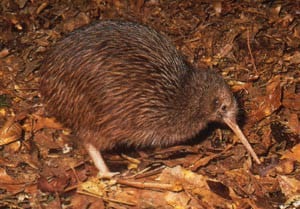
The Kiwi, National symbol of New Zealand and its people.
[/vc_column_text][/vc_column][vc_column width=”1/2″][vc_column_text]
Buzzy Bee
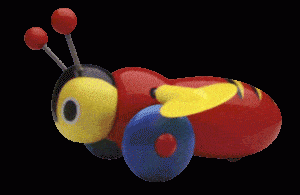
Buzzy Bee
When Prince and Princess of Wales toured New Zealand in 1983, six-month-old Prince William was given a Buzzy Bee and he delighted the world’s press by playing with the toy during an official photo shoot in the grounds of Government House in Auckland.
[/vc_column_text][/vc_column][/vc_row][vc_row][vc_column][vc_column_text]
Silver Fern
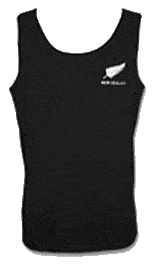
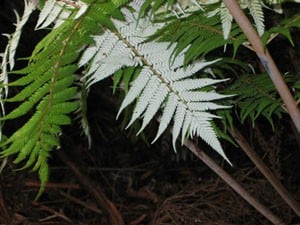
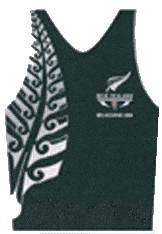
species that is one of our best known national symbols.
It is used as an emblem on the clothing and marketing of many sports teams; the most famous of all the, All Blacks Rugby Team
The Silver Fern is the name of our Netball Team, World Champions in Jamaica 2003 and Commonwealth Games winners 2006.
[/vc_column_text][/vc_column][/vc_row][vc_row][vc_column width=”1/3″][vc_column_text]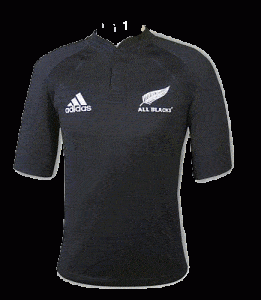 [/vc_column_text][/vc_column][vc_column width=”1/3″][vc_column_text]
[/vc_column_text][/vc_column][vc_column width=”1/3″][vc_column_text]
Rugby
New Zealand is the greatest Rugby nation in the world and the National team the All Blacks are legends of the game. The rapid spread of rugby in this country resulted in the formation of the New Zealand Rugby Union in 1892. Even then, players at club and provincial level aspired to the national team, which became known as the All Blacks on a tour of Britain in 1905. It is said that the name was the result of a printer’s error, with “all backs” – a journalist’s reference to the team’s speed – appearing as “all blacks”. From 1901 the team’s jersey and shorts were black, so the new name – even if accidental – was appropriate, and stuck. The All Black jersey is one of the nation’s most prestigious sporting uniforms
[/vc_column_text][/vc_column][vc_column width=”1/3″][vc_column_text]

The All Blacks flew in this 747 to the U.K. for the 99 World Cup. The fuselage has the Front row painted on it
[/vc_column_text][/vc_column][/vc_row][vc_row][vc_column width=”1/3″][vc_column_text]
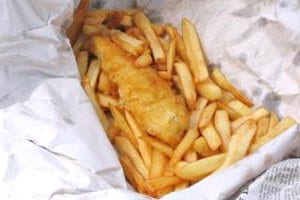
Fish and Chips
[/vc_column_text][/vc_column][vc_column width=”2/3″][vc_column_text]
Fish and Chips
You can’t get more Kiwi than Fish ‘n’ Chips – deep fried fish with chips as thick as your finger wrapped up in newspaper or when the tasty morsels were layered between thick slices of white buttered bread and, of course, with great dollops of our favourite, Watties tomato sauce.
Found in every New Zealand town – the Fish ‘n’ Chip shop is a New Zealand institution.
[/vc_column_text][/vc_column][/vc_row][vc_row][vc_column][vc_column_text]
Watties

[/vc_column_text][/vc_column][/vc_row][vc_row][vc_column width=”1/3″][vc_column_text]
Tomato Sauce

[/vc_column_text][/vc_column][vc_column width=”1/3″][vc_column_text]
Baked Beans
 Wattie’s Baked Beans in Tomato Sauce are New Zealand’s favourite baked beans. Made with Wattie’s classic rich tomato sauce recipe, this delicious and nutritious meal is easy to serve any time of the day, every day. As a food, Baked Beans have few equals in being both delicious and a valuable source of nutrients. They are low in fat and contain no cholesterol. The popular meal of beans on toast provides an excellent balance of quality protein. The protein content makes them a suitable substitute for meat, poultry and fish.
Wattie’s Baked Beans in Tomato Sauce are New Zealand’s favourite baked beans. Made with Wattie’s classic rich tomato sauce recipe, this delicious and nutritious meal is easy to serve any time of the day, every day. As a food, Baked Beans have few equals in being both delicious and a valuable source of nutrients. They are low in fat and contain no cholesterol. The popular meal of beans on toast provides an excellent balance of quality protein. The protein content makes them a suitable substitute for meat, poultry and fish.Now available with: Sausages, Meatballs, Bacon, Cheese and Chilli to name a few.
[/vc_column_text][/vc_column][vc_column width=”1/3″][vc_column_text]
Spaghetti

Also available with:
Cheese, Sausages, Bacon, Meatballs, Sweet Chilli and Macaroni.
[/vc_column_text][/vc_column][/vc_row][vc_row][vc_column width=”1/2″][vc_column_text]
Lemon and Paeroa
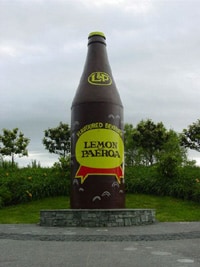
World Famous in New Zealand.
[/vc_column_text][/vc_column][vc_column width=”1/2″][vc_column_text]
Bungee Jumping
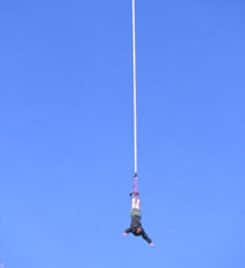
The Thrill of Bungee Jumping.
Greenhithe Bridge in 1986.
Only a New Zealander could turn jumping off a bridge into
a world-wide phenomenon!
[/vc_column_text][/vc_column][/vc_row][vc_row][vc_column width=”1/4″][vc_column_text]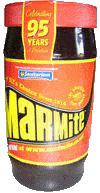 [/vc_column_text][/vc_column][vc_column width=”1/2″][vc_column_text]
[/vc_column_text][/vc_column][vc_column width=”1/2″][vc_column_text]
Marmite and Vegemite
[/vc_column_text][/vc_column][vc_column width=”1/4″][vc_column_text]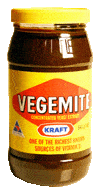 [/vc_column_text][/vc_column][/vc_row][vc_row][vc_column width=”1/4″][vc_column_text]
[/vc_column_text][/vc_column][/vc_row][vc_row][vc_column width=”1/4″][vc_column_text]
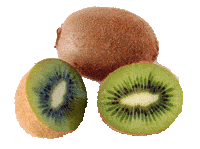
Cut Kiwifruit
[/vc_column_text][/vc_column][vc_column width=”1/2″][vc_column_text]
Kiwifruit
[/vc_column_text][/vc_column][vc_column width=”1/4″][vc_column_text]
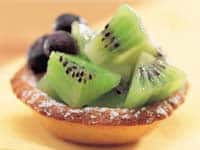
Kiwifruit Dessert.
[/vc_column_text][/vc_column][/vc_row][vc_row][vc_column width=”1/3″][vc_column_text]
Pavlova
Just as the Kiwi is New Zealand’s national bird, the Pavlova is the national dessert.
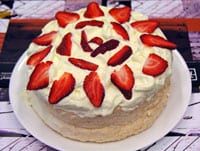
One of New Zealand’s Favourite Dessert
The result – the original Pavlova – was described as a “brilliant simulation” of the dancer’s personality. This meringue-based dessert is a perennial Kiwiana favourite the origins of this delicious dessert are hotly contested (Australia also lays claim to inventing it) – but any New Zealander will tell you the
“Pav” is definitely a Kiwi invention!
[/vc_column_text][/vc_column][vc_column width=”1/3″][vc_column_text]
Hokey Pokey Icecream

One of New Zealand’s Favourite Ice-cream.
Distinctively New Zealand.
[/vc_column_text][/vc_column][vc_column width=”1/3″][vc_column_text]
Weetbix
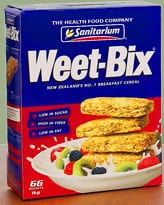
Most New Zealanders Breakfast Meal
[/vc_column_text][/vc_column][/vc_row][vc_row][vc_column width=”1/4″][vc_column_text] [/vc_column_text][/vc_column][vc_column width=”1/2″][vc_column_text]
[/vc_column_text][/vc_column][vc_column width=”1/2″][vc_column_text]
Black Singlet and Gumboots4
It is fair to say that New Zealand wouldn’t be the same without Fred Dagg, aka John Morrison Clarke, a laconic presence on New Zealand one and only TV channel in the mid-to-late 70s. John Clarke’s rural creation strolled into the national consciousness in oversize gumboots and black singlet, proof that we had our own sense of humour and identity.
Wearing a black woollen singlet and a pair of gumboots was an institution among the more fashion conscious kiwi farming males. The black singlet has become another essential item in the outdoors worker’s wardrobe. It is warm, does not show dirt too quickly, and in warm weather particularly, it soaks up the sweat usually associated with hard, manual work. It is sleeveless for less constriction, freer movement and for these reasons has gained and maintained its place in Kiwiana. The gumboot is worn by all ages from puddle-stamping school children to retired suburban gardeners wanting to keep their feet dry. Out on the farm gumboots are as common as the black singlet, perhaps even more so. Gumboot throwing is a recent novelty sport that has been fostered in the town of Taihape – the ‘Gumboot Capital’ of New Zealand.
[/vc_column_text][/vc_column][vc_column width=”1/4″][vc_column_text]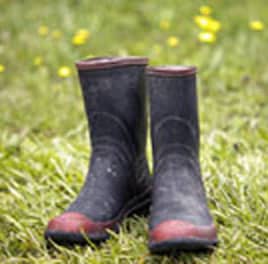 [/vc_column_text][/vc_column][/vc_row][vc_row][vc_column width=”1/4″][vc_column_text]
[/vc_column_text][/vc_column][/vc_row][vc_row][vc_column width=”1/4″][vc_column_text]
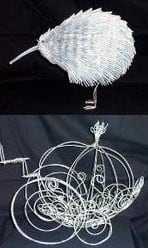
Kiwi and Cinderella’s Coach.
Great examples of no8 wire ingenuity.
[/vc_column_text][/vc_column][vc_column width=”1/2″][vc_column_text]
No 8 Wire
Kiwis are famous for their ingenuity and self-sufficiency. Kiwi ingenuity is a “can-do” attitude that any problem or situation can be solved, despite apparently insurmountable odds, and the meagrest of resources. It is said that Kiwis can create amazing things — all they need is ‘a piece of Number 8 wire’. No 8 wire is a certain gauge of wire that was incredibly popular for use as fencing wire around New Zealand’s many farms. Ironically, until 1963, it was imported from other countries. Because No. 8 wire was widely available, it was used for a variety of tasks, and it has become a symbol of kiwi adaptability.
[/vc_column_text][/vc_column][vc_column width=”1/4″][vc_column_text]
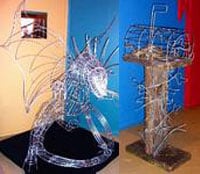
A Dragon and a Letter box.
Examples of no8 wire ingenuity.
[/vc_column_text][/vc_column][/vc_row][vc_row][vc_column width=”1/4″][vc_column_text]
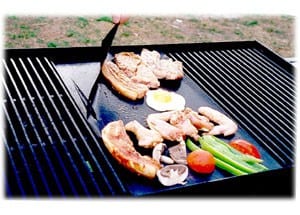 BBQ meal cooking
BBQ meal cooking
[/vc_column_text][/vc_column][vc_column width=”1/2″][vc_column_text]
BBQ (Barbeque)
The ultimate summer pastime, BBQ’s heralds the start of summer.
“We’re having a barbeque, bring some meat,” is a phrase shot full of expectation and romance for New Zealanders. The New Zealand barbeque has assumed a peculiar prominence in the social calendar, requiring casual but stylish dress, a warm ‘cardy’ or ‘parka’ in case of biting southerlies. The meat, sausages and steak find their way on to the hot plate, are usually accompanied by potato salad and coleslaw, but these days New Zealanders are a lot more creative with their BBQ cuisine – seafood, kebabs, and even the occasional vegetable, making their way on to the menu. Whether it is in the backyard or on the beach, usually it is the men who will cook the food on the barbeque. With a beer in hand and great conversation they will try to solve the problems of the world. They call it male bonding!
[/vc_column_text][/vc_column][vc_column width=”1/4″][vc_column_text]
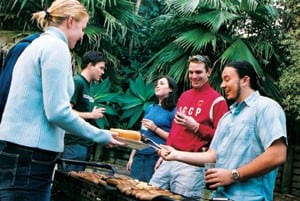
Great conversation with friends around a BBQ
[/vc_column_text][/vc_column][/vc_row][vc_row][vc_column width=”1/4″][vc_column_text]
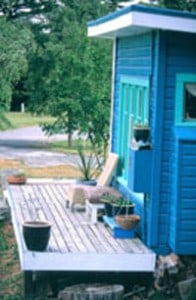
A Bach example.
[/vc_column_text][/vc_column][vc_column width=”1/2″][vc_column_text]
Bach
The holiday bach remains a quintessentially Kiwi preserve with an almost mystical fascination for generations of New Zealanders. In the South Island, it is known as a ‘crib’ a term used by Charles Dickens in Oliver Twist, to mean a lodging or public house.
In the North Island with typical New Zealand blitheness the word ‘bach’ was picked up to denote bachelor accommodation, literally a shortened version of ‘bachelor’, suggesting a reserved ‘Man Alone’ type surviving under basic living conditions. However, in the years following World War II, the bach became a family holiday retreat, a haven of informality and a casual back-to-basics style of living.
[/vc_column_text][/vc_column][vc_column width=”1/4″][vc_column_text]

Simple back to bascis living.
[/vc_column_text][/vc_column][/vc_row]
